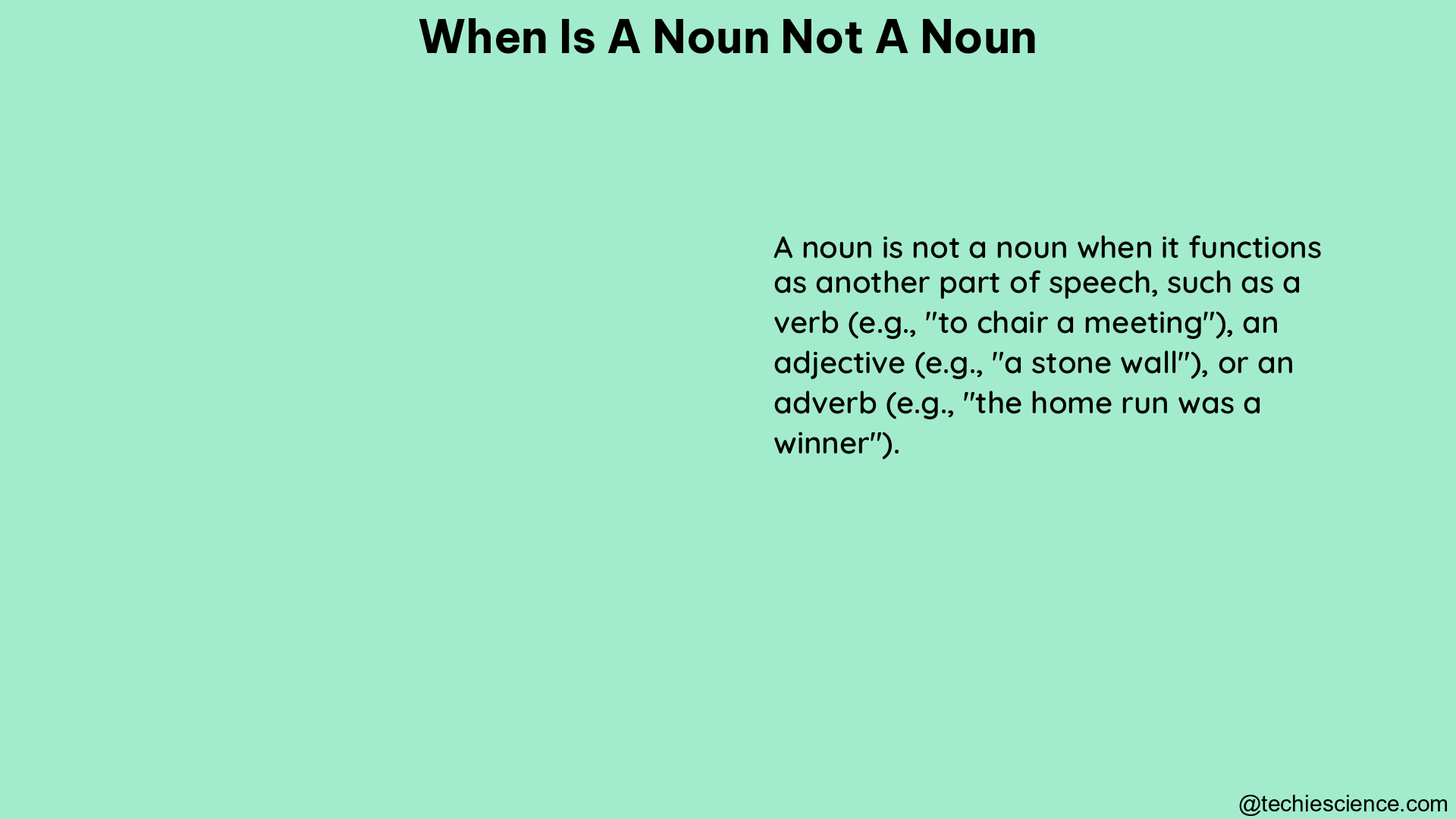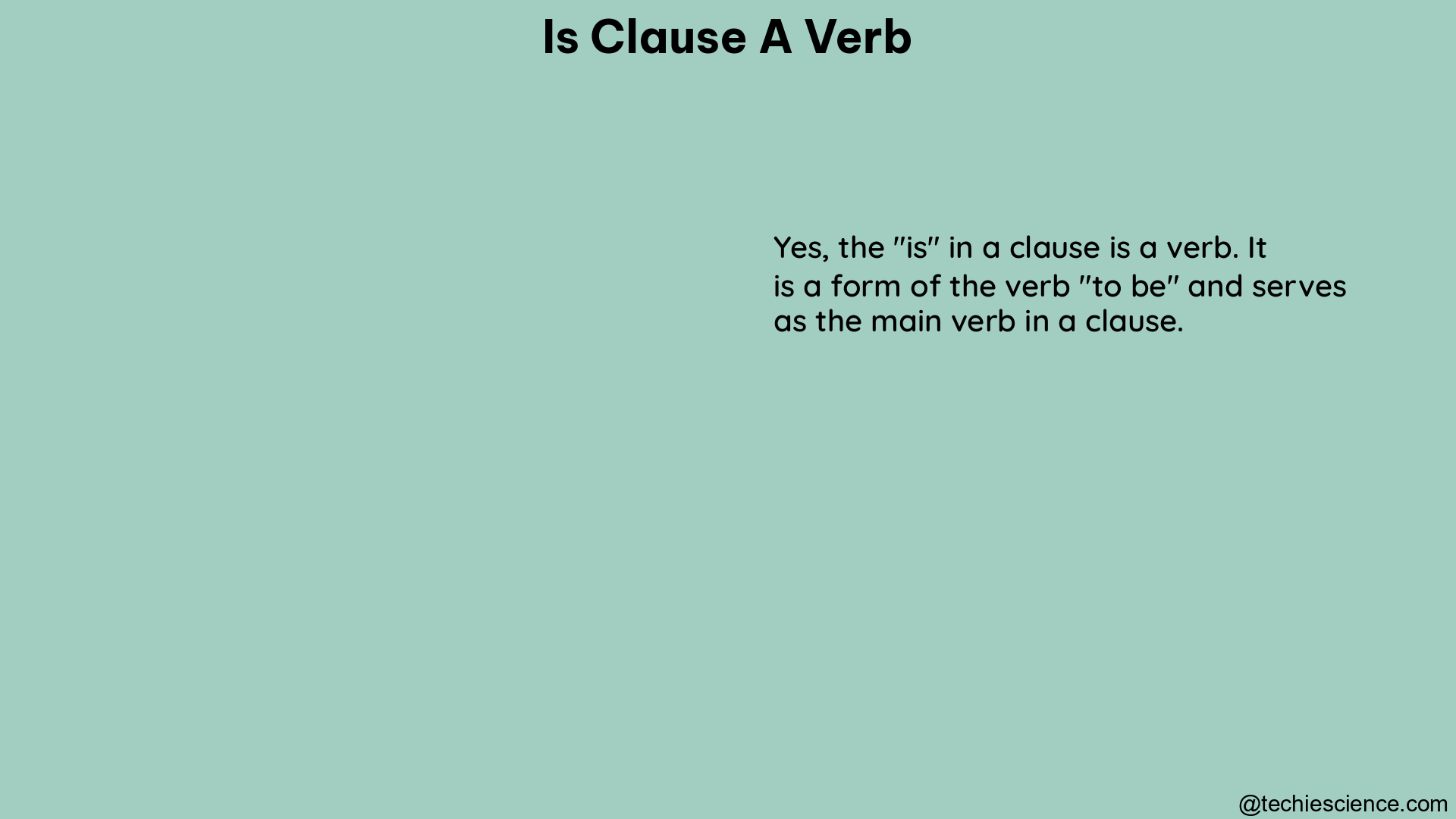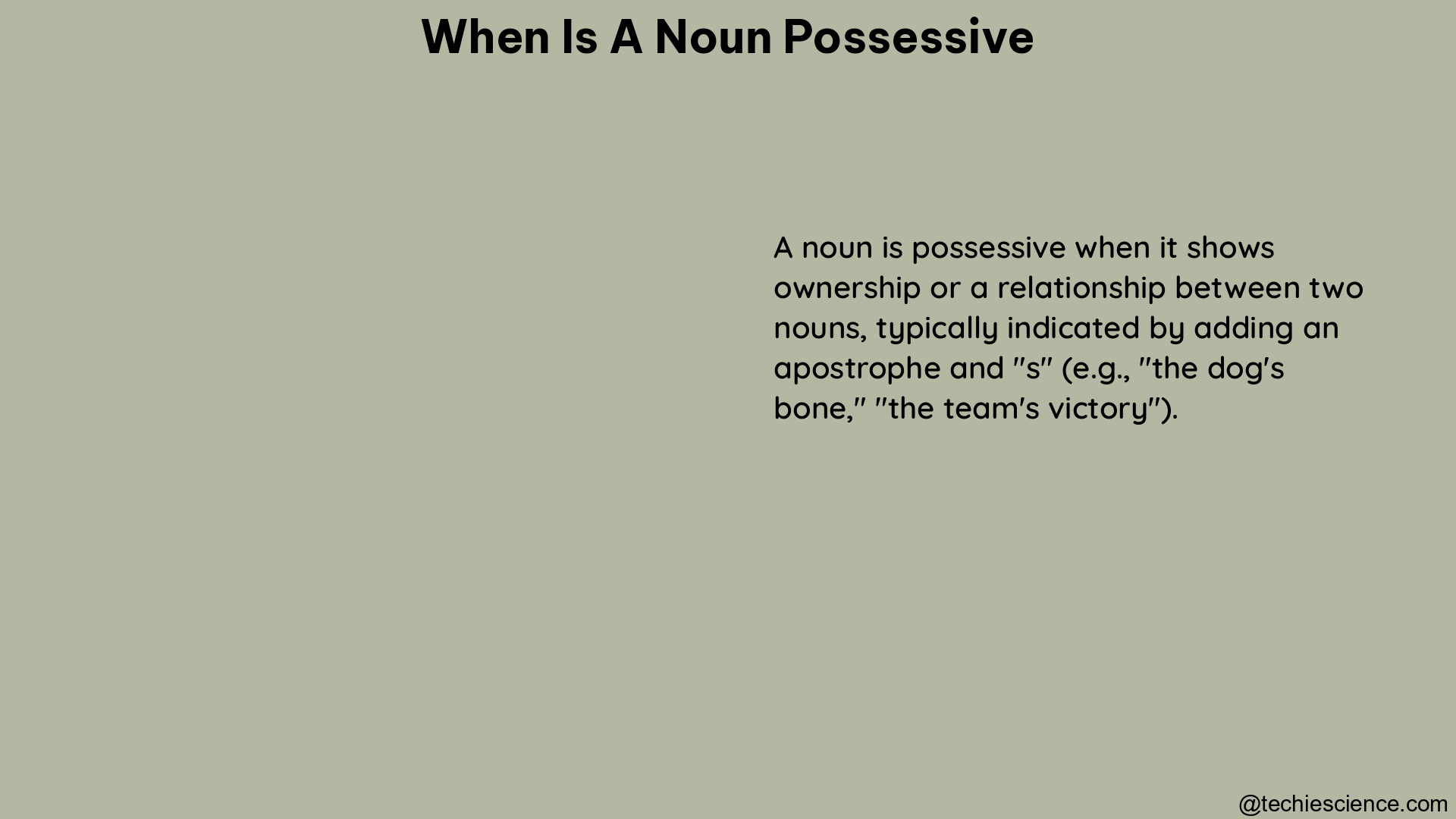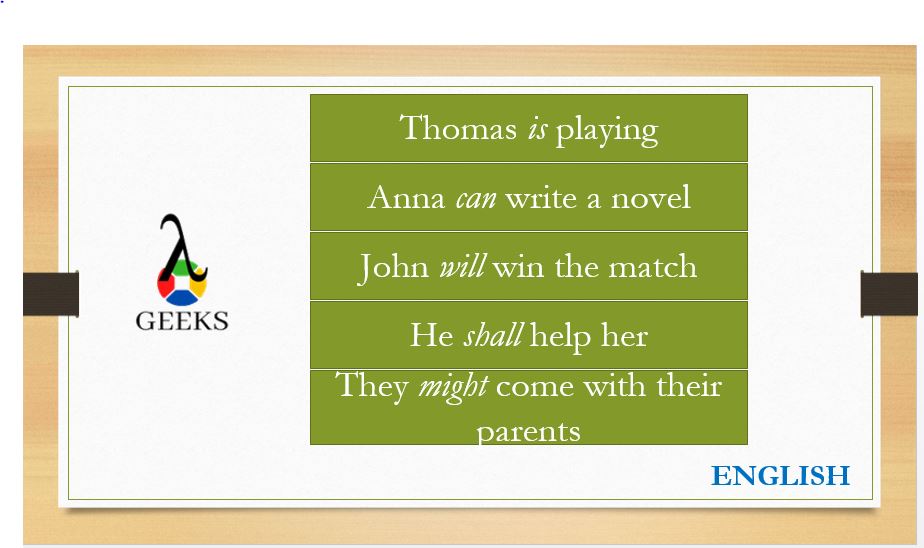An adverb clause is primarily a dependent clause .It can modify a verb, an adjective or an adverb in a sentence. An adverb clause should include a subject and a verb unlike a phrase.
Let us look at some adverb clause examples.
1 Unless you study well ,you will fail in the final semester .
Here ‘unless you study well’ is the adverb clause.
2. Sam ran as if he was chased by a dog.
Here ‘as if he was chased by a dog’ is the adverb clause.It answers the question ‘how’ and describes the verb ‘ran’.
3.Before you start exercising, you should buy a pair of shoes.
Here ‘before you start exercising’ is the adverb clause .It describes the action ‘buy’ by answering when should you buy a pair of shoes.
4. After finishing my homework ,I went to play with my friends.
Here the adverb clause is ‘after finishing my homework’and it modifies the verb ‘went’ by showing when did the action take place.
5. Roy must write mock tests everyday until he scores good marks.
Here ‘until he scores good marks’ is the adverb clause.It modifies the verb ‘write’ by answering till when Roy should write mock tests.
6.When your homework is done ,we will go for a movie.
‘When your homework is done’ is the adverb clause. It tells when will we go for a movie.
7.Riding through the hilly region is risky ,if you do not have prior experience.
Here ‘if you do not have prior experience‘ is the adverb clause.It modifies another adverb ‘risky’
8.She told about her mother when we went to the hospital.
Here ‘when we went to the hospital’ is the adverb clause. It tells us when did she tell about her mother.
9.You should write the test even if you have not prepared well.
Here ‘even if you have not prepared well’ is the adverb clause.
10.I can write as long as I can move my hand.
Here ‘as long as I can move my hand’ is the adverb clause.
Adverb clause of time
Adverb clause of time speaks when an action is done. We use subordinate conjunctions such as since, when, before, after ,while ,as soon as, etc here .
Let us look at some examples.
1.Sam came to the party after we had left.
Here ‘After we had left’ is the adverb clause which modifies the verb ‘came’ in the main clause.It tells us when did Sam come to the party.
2.He has not talked to me since we left college.
Here ‘since we left college’ is the adverb clause which modifies the verb ‘talk’ in the main clause.
3.He finished his painting while we were chatting.
Here the clause ‘while we were chatting’ tells us when did he finish his painting.Therefore it is the adverb clause of time.
4.He will wait here till I return
Here ‘till I return ‘ is the adverb clause.It answers till when he will wait.
Adverb clause of reason
Adverb clause of reason gives us the reason of an action conveyed through the main clause.We use subordinatimg conjunctions like because,unless,that,as,since,etc here.
1.I bought that dress because I liked its colour.
Here ‘because I liked its colour’ is the adverb clause of reason.It tells the reason of why did I bought that dress.
2.She is relieved that you have forgiven her.
Here ‘that you have forgiven her’ is the adverb clause of reason.It tells us the reason of why is she happy.
3.As it was pouring ,we cancelled our plan.
Here ‘as it was pouring ‘ is the adverb clause of reason.It gives the reason of why did we cancel the plan.
4.Since we are friends,we share everything.
Here ‘since we are friends ‘ is the adverb clause of reason.It tells us why do we share everything.
Adverb clause of place
As the name suggests adverb clause of place tells us where an action has taken place.We use conjunctions like ‘where’,’everywhere’ ,and wherever here .
1.I know the place where she keeps her wallet.
Here ‘where she keeps her wallet’ is the adverb clause of place.
2.Wherever Sara goes ,her dog tags along.
‘Wherever Sara goes’ is the adverb clause of place here.
3.We saw greenery everywhere we went in Bhutan.
‘Everywhere we went in Bhutan’ is the adverb of place here.
Adverb clause of purpose
As the name suggests an adverb clause of purpose helps us to understand the purpose behind an action.Subordinating conjunctions like lest,so that,in order to,in order that and that are used to connect adverb clauses of purpose to the main clause.
Let us look at some examples.
1.They work very fast so that they can finish the assignment today itself.
Here ‘so that they can finish the assignment today itself’ is the adverb clause of purpose since it states the purpose .
2.Watch your calorie intake lest you should put on weight.
Here ‘lest you should put on weight’ is the adverb clause of purpose.
3.I work extra hours in order to meet my expenses.
Here ‘In order to meet my expenses’ is the adverb clause of purpose.
4.He comes home early in order that he can spend time with his kids and pets.
Here ‘in order that he can spend time with his kids and pets’ is the adverb clause of purpose.
Reduced adverb clause examples
You should keep in mind that the object of the adverb clause and the subject of the main clause should be same.Then only you can reduce an adverb clause. .Then change the verb to the ‘ing’ form and take out the subject of the adverb clause.
After I cooked my dish,I refrigerated it for an hour.
The reduced adverb clause of this clause is
1After cooking ,I refrigerated it for an hour
While I was travelling,I got some good ideas.
The reduced adverb clause of this clause is
2.While travelling I got some good ideas
As I exercised a lot,I got the stamina to run the marathon.
The reduced adverb clause is
3.Having exercised a lot ,I got the stamina to run the marathon.
She slept for eight hours.She is glowing.
The reduced adverb clause is
4.Having slept eight hours she is glowing.
She worked hard .She passed the English examination.
The reduced adverb clause is
5.Having worked hard, she passed the English examination.
Because she worked hard on the project,she got a salary hike .
The reduced form is
6.Working hard on the project ,she got a salary hike.
After he did his homework,he played with his friends.
The reduced adverb clause is:
7.After doing homework,he played with his friends .
While I was wandering in the forest ,I spotted an abandoned castle.
The reduced adverb clause is:
8.While wandering in the forest ,I spotted an abandoned castle.
I did not participated in the games as I was not feeling well.
The reduced adverb clause is:
9.Not feeling well ,I did not participate in the games.
Because she was having headache she did not go to the ballet class.
The reduced adverb clause is:
10.Having headache, she did not go to ballet class.
Introductory adverb clause examples
If we see an adverb clause at the beginning, then we call it an introductory adverb clause .It is separated from the main clause with a comma.
Let us look at some examples
1.When I go outside,I apply sunscreen lotion.
Here ‘when I go outside’ is the introductory adverb clause.
2.Because you are working hard,you will pass the test.
Here ‘because you are working hard’ is the introductory adverb clause.
3.While I was reading,I fell asleep.
Here ‘while I was reading’ is the introductory adverb clause.
4.Before start writing,you should test the quality of your pen.
Here ‘before start writing’ is the introductory adverb clause.
5.Unless you work hard,you will not get admission in a good college.
Here ‘unless you work hard’ is the introductory adverb clause.
6.Although he has a job,he works part time to earn an extra income.
Here ‘although he has a job’ is the introductory adverb clause.
7.As I was playing ,I did not pay attention to what Sam was saying.
Here ‘as I was playing’ is the introductory adverb clause.
8.After exercising at the Gym ,I had my breakfast.
Here ‘after exercising at the gym’ is the introductory adverb clause.
9.Whenever I come to town, all the shops are closed.
Here ‘whenever I come to town’ is the introductory adverb clause.
Dependent adverb clause examples
A dependent adverb clause is an adverb clause which cannot be construed as a full meaningful sentence unless it is connected to a main clause.
Examples;
1.When the bell rings ,students enter the classroom
Here ‘when the bell rings’ is the dependent adverb clause.It depends the main clause to complete its meaning.
2.Sara has no money because she has no income.
Here ‘because she has no income’ is the dependent adverb clause.It answers why does Sara have no money.
3.After the final rehearsal ,we will have our dinner.
Here ‘after the final rehearsal ’ is the dependent adverb clause.
4.He played the game as if he was a professional player.
Here ‘as if he was a professional player’ is the dependent adverb clause.
5.Anna is much younger than her sister.
Here ‘than her sister’ is the dependent adverb clause.
6.I missed the party because I could not catch a bus.
‘Because I could not catch a bus’ is the dependent adverb clause.
7.When he gets the ticket,we will go for the movie.
Here ‘when he gets the tickets’ is the dependent adverb clause.
8.As soon as I entered the court, I knew something was not right.
Here ‘as soon as I entered the court’ is the dependent adverb clause.
9.Since I do not bake cakes, I have to buy it.
Here ‘since I do not bake cakes’ is the dependent adverb claue.
10.I won’t play cricket eventhough I am allowed to play.
Here ‘eventhough I am allowed to play’ is the dependent adverb clause.
Relative adverb clause examples
In a relative adverb clause we use a relative adverb to connect dependent clause to the main clause .Relative adverbs when,where ,and why are used as connectors.
Let us look at some examples
1.That was the ground where I played cricket.
Here ‘where I played cricket’ is the relative adverb clause.
2.Those were the times when played football every evening.
Here ‘when we played football every evening’ is the relative adverb clause.We use ’when’ to talk about time.
3Autumn was the season when we met for the first time.
‘When we met for the first time’ is the relative adverb clause in the above sentence.
4.This is the reason why I was not able to play.
‘Why’ is used for a reason.Here ‘why I was not able to play’ is the relative adverb clause.
5.This is the reason why I cannot come with you.
Here ‘why I cannot come with you’ is the relative adverb clause.
Conclusion: Thus we have gone through some adverb clause examples .It is now clear that an adverb clause functions as an adverb in a sentence.




